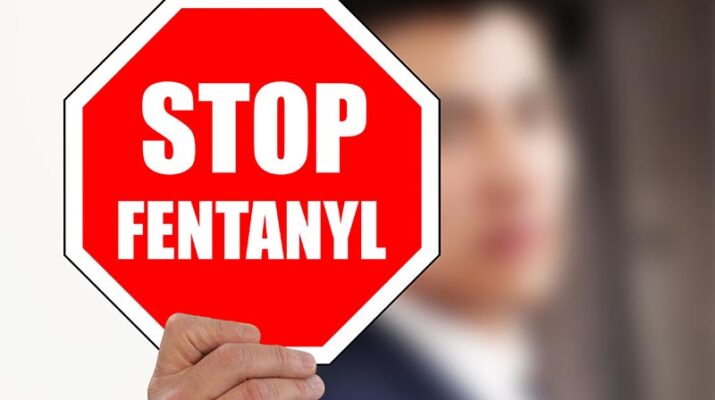By Jennifer Faringer
Along with our colleagues in prevention, treatment, recovery and harm reduction, the National Council on Alcoholism and Drug Dependence-Rochester Area (NCADD-RA) has worked to increase awareness of the opioid epidemic and its impact on our community and families. We continue to use a variety of evidence-based prevention environmental strategies along with educational sessions for professional and community groups.
In 2016, we invited a group of stake holders to join our collaborative efforts for what is now the Opioid and Other Drugs Task Force in Monroe County. The robust membership has continued to grow and broaden, meeting bimonthly to identify service delivery gaps across the continuum, share resources, network, and to combine efforts. We continue to meet virtually on a bimonthly basis with membership remaining strong and engaged. As a result of collaborative and collective efforts to reduce harm across the continuum of care:
• Narcan was made more widely available to emergency responders and then to the general public.
• Prescription monitoring programs were implemented state-by-state (I-STOP in NYS).
• Availability of and access to medication-assisted treatment was increased.
• Prevention providers and coalitions are distributing medication disposal pouches and lock boxes for securely storing medications.
• Through recent grants, the NCADD-RA has increased media and community awareness campaign efforts focusing on both the risks of opioids and a call to stop the stigma that surround both affected individuals and their families.
• Prevention providers and coalitions have joined efforts with the Drug Enforcement Agency’s (DEA) Take Back efforts.
The results have yielded a drop in opioid medication availability and overprescribing plummeting 50 percent nationally. Despite efforts and advances, opioid overdose deaths have continued to rise, more than tripling between 2010 and 2020.
According to the Centers for Disease Control (CDC), 107,622 Americans died of drug overdoses in 2021, with 66 percent of those deaths related to synthetic opioids like illegal fentanyl. More recent medical examiner reports have mirrored this, showing fentanyl at the top of their list, identifying substances as primary cause of death. In 2020, over 98.3 percent of overdose deaths were attributable to illicit fentanyl, compared with 10.9 percent to prescription pain medication and 8.8 percent to heroin.
Street level drugs are almost certain to contain very high percentages of fentanyl or may even be 100 percent fentanyl. The synthetic opioid fentanyl is 50 times more potent than heroin and 100 times more potent than morphine. Only two milligrams of fentanyl, equal to 10-15 grains of table salt, is considered a lethal dose. While there is no way to know how much fentanyl is concentrated in a pill or powder, harm reduction programs are distributing test strips to detect the presence of the synthetic opioid.
If you encounter fentanyl in any form, do not handle it and call 911 immediately. In Monroe County, we continue to receive reports of increasing overdoses which are due primarily to street drugs laced with illicit fentanyl. The prevalence of fentanyl in a range of street drugs that includes pills which may be of various colors, as well as the incidence of look-alike fake pills, remains high.
In NCADD-RA’s Spring 2022 Newsletter, the cover story referenced DEA’s “One Pill Can Kill” public awareness campaign (www.dea.gov/onepill) to increase awareness of the dangers around fake pills. Resources for parents and the community can also be found on DEA’s fentanyl awareness page (https://www.dea.gov/fentanylawareness). Additional resources for parents and community members that include community referral directories, community awareness campaign materials and much more may be found on the NCADD-RA’s website at https://ncadd-ra.org.
 Jennifer Faringer is the director of the National Council on Alcoholism and Drug Dependence — Rochester Area.
Jennifer Faringer is the director of the National Council on Alcoholism and Drug Dependence — Rochester Area.

